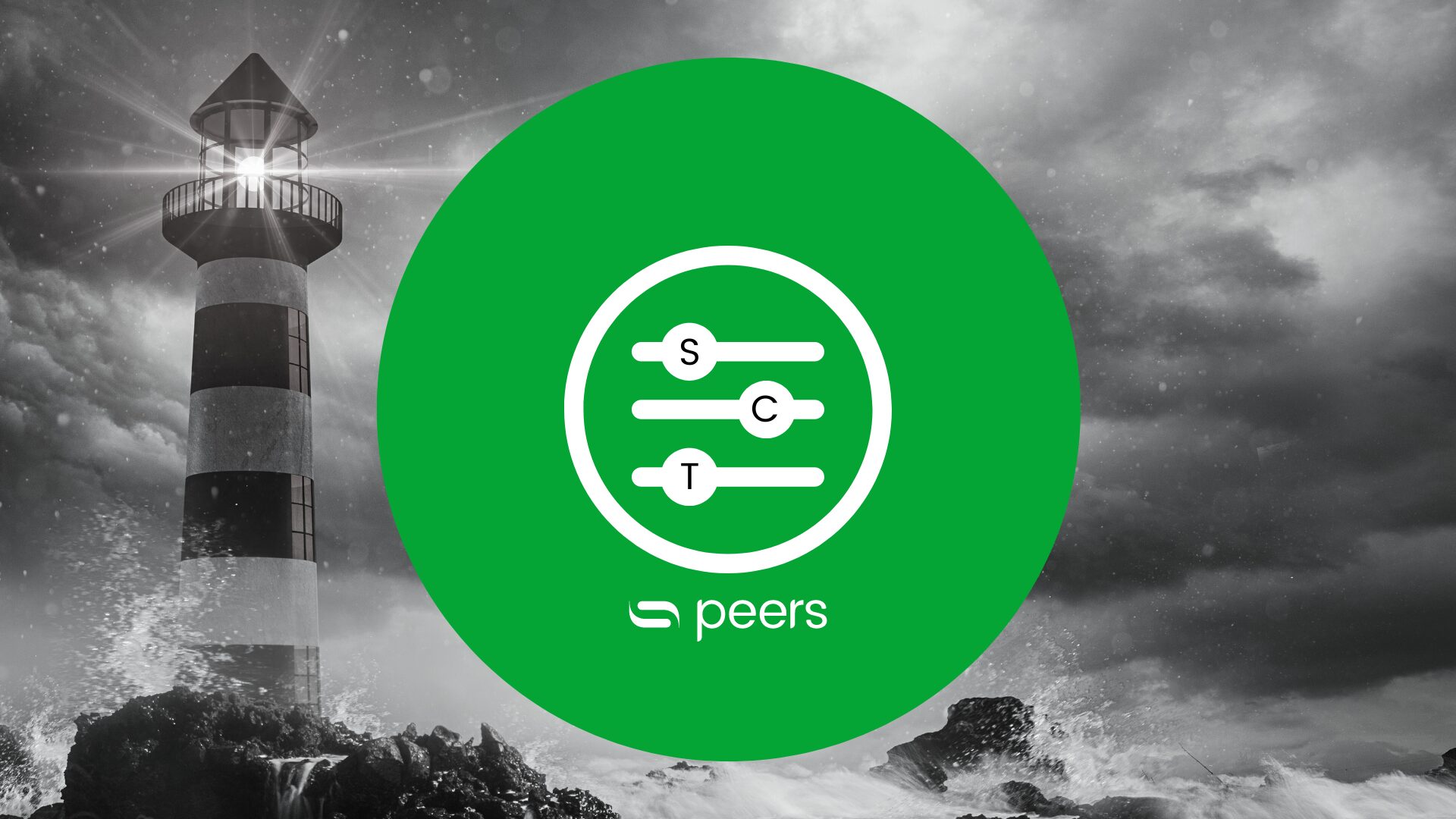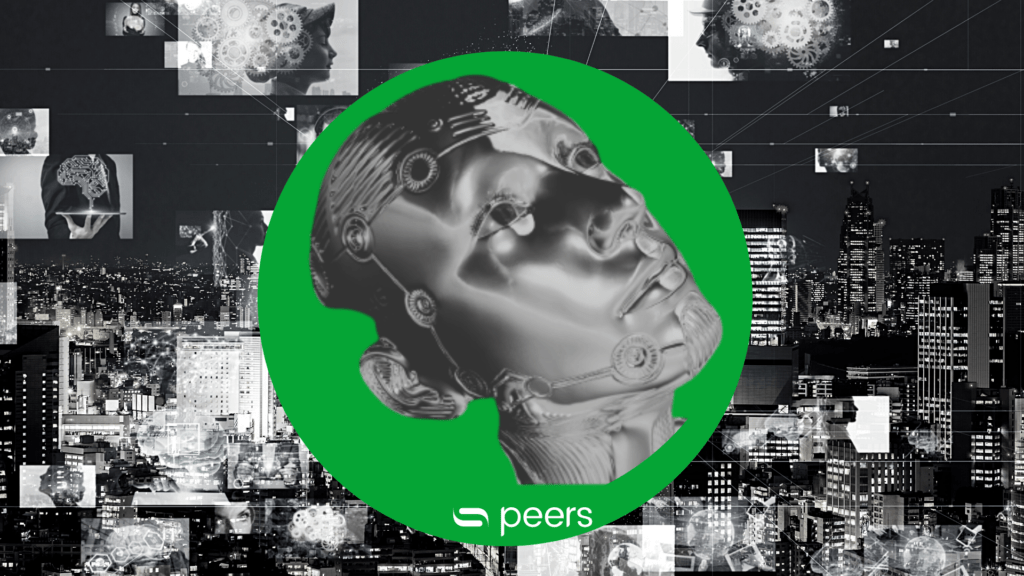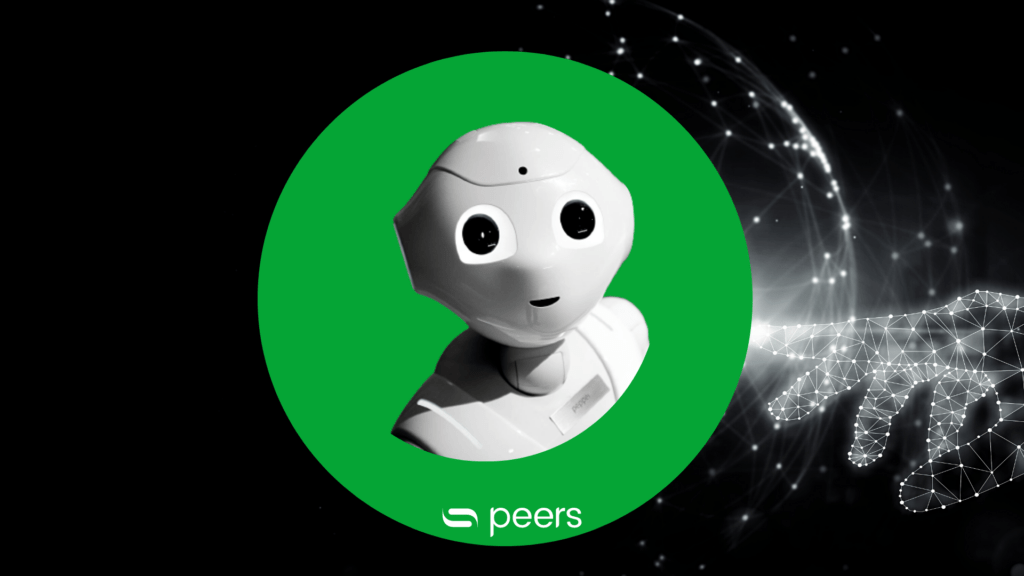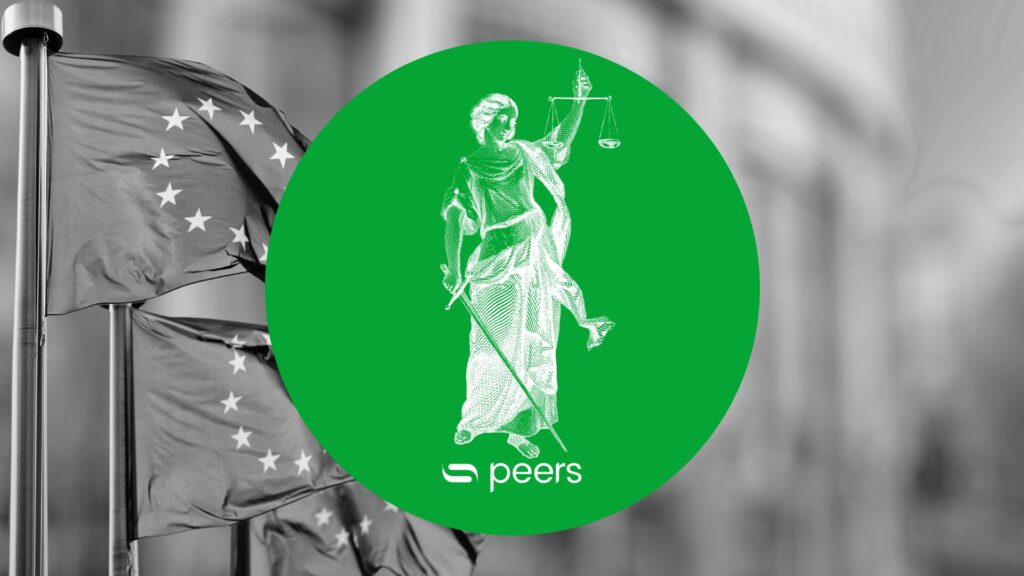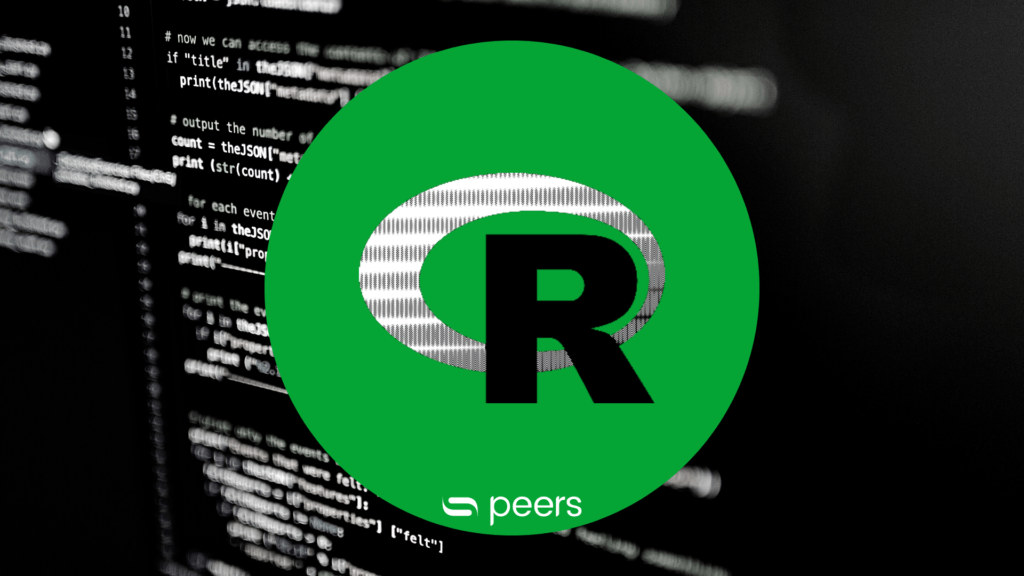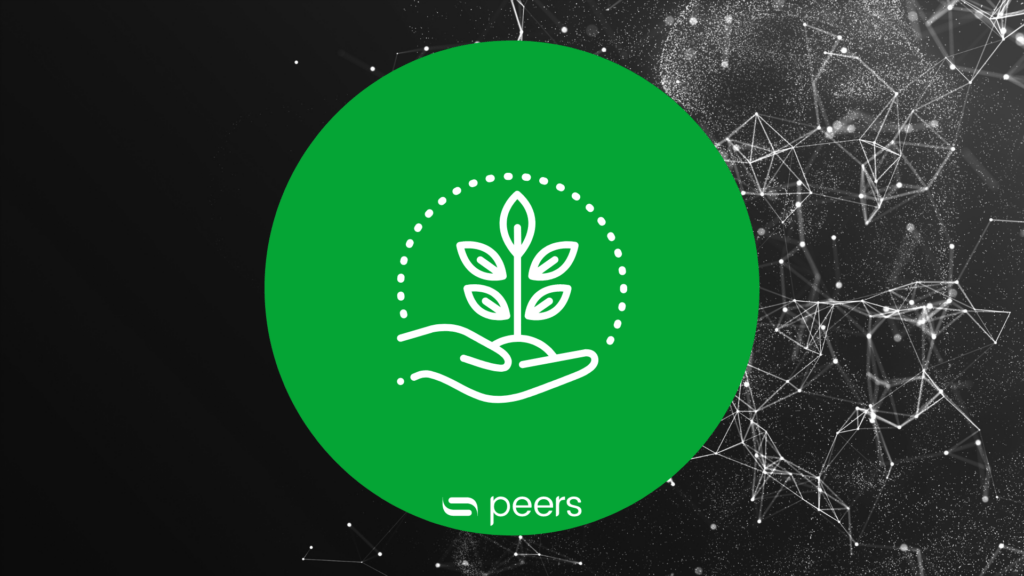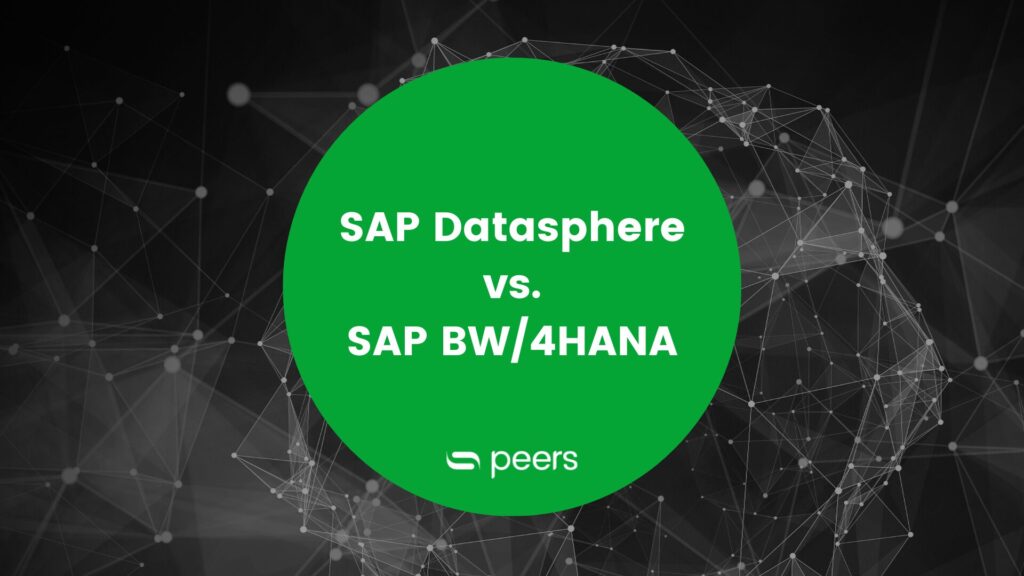Sustainability Control Tower (SCT)
- esg, sustainability reporting
- 5 min reading time

Dea Marovic
At a time when sustainable business practices are essential, the focus is increasingly on monitoring and recording one's own sustainability performance using precise data. The SAP Sustainability Control Tower is a comprehensive sustainability solution that enables holistic reporting.
With the SAP Sustainability Control Tower for a better overview, better reporting and better management of your sustainability KPIs!
Table of contents
- 1 Overcoming the 3 challenges of sustainability together
- 2 What are the advantages of SAP SCT?
- 3 What does the SAP SCT architecture look like?
- 4 SAP SCT and EU taxonomy integration
- 5 With the SAP Sustainability Control Tower, you have a solution for a wide range of use cases
- 6 The SCT advantages at a glance
Overcoming the 3 challenges of sustainability together
RECORD
With the SCT, you ensure complete transparency of your ESG data along the entire value chain - from Scope 1 to 3 - and thus increase your sustainability performance.
- Easy definition and monitoring
- All available sustainability metrics can be managed in one place
- Definition and allocation of the framework of the reports
- Monitoring the completeness of data in relation to specific metrics
- Flexible configuration
- Selection of relevant sustainability metrics
- Definition of the hierarchy and granularity
- Guided data reporting
- Based on the selected metrics, a digital wizard helps provide the right data
- Manual data upload or access to connected data sources are possible
- Guided experience
- The digital assistant assists in the selection of dimensions and numbers to be included to ensure successful calculation of the metrics
- Data from connected systems
- Automatic upload of records from source systems, based on an integrated interface to e.g. SAP S/4HANA Cloud for Finance
- Open interfaces for data providers
- All data for the sustainability metrics can be uploaded via an interface as .xslx and .csv files
- Control of the input data
- Checking for technical errors and errors in consistency; marking and sorting out erroneous data
- Manual improvements, or re-upload of corrected data
- Verification of data completeness
- Discover and understand incomplete or missing data
- Configurable plausibility checks
- Detection of deviations from previous periods and thus detection of non-technical input errors
- Transparency
- Detailed error and warning notifications
- Review and approval workflows
- Definition of user groups for release and review
- Dealing with missing data
- Performing automated estimates and forecasts for missing data, based on predefined specific rules
- Carrying out calculations
- Calculation logics for valuations, allocations and conversion of ESG data to monitor performance and targets
- Flexible configuration
- Specific individualizations for the execution of rules and calculations
- Thanks to a central control table, the use of user-defined factors, reference data and formulas is possible
- Cascaded and guided process flow
- A central process template
- Diligence as in finance
- Strict and robust procedure to verify and adjust data
- Soft closing of the period
- Faster publication of sustainability data possible
- Auditability
- Transparent data streams
REPORT
In view of the increasing ESG reporting requirements, the aim is to ensure that sustainability reports meet these requirements.
- Long-term objective
- Create clarity by defining long-term goals
- Operationalize with granular goal setting
- Visualize current performance
- Compare current performance with goals
- Analyze current and predicted trends
- Understand past performance and act based on future trend
- Breakdown and comparison
- Comparisons between different business areas and locations
- Act purposefully
- Visualize data
- Present data using best practices or create individualized dashboards
- Explore data
- Explore entire data sets and identify patterns, as well as important points
- Expand
- Define individual calculations, dimensions, aggregations and more
- Use of automated insights
- Smart insights
- Automatic predictions
- Reflect ESG framework
- Use predefined dashboards or create your own that reflect the data requirements of the ESG framework
- Report design
- Output visualizations as detailed reports
- Roll out regular updates
- Understanding past performance and taking action based on expected future trends.
- Effective benchmarking
- Simple performance comparison possible
- Best Practices
- Strategic improvements
- Benchmarks for sustainability targets
ACT
By anchoring sustainability in our core business processes, we create the basis for deriving and implementing suitable sustainability initiatives.
- Setting long-term goals
- Formulation of the long-term target for strategic sustainability KPIs.
- Definition of granular goals
- Establish detailed goals to provide a path to achieving long-term goals at the individual site and business unit level.
- The software offers powerful simulation capabilities that comply with GRI, WEF, TCFD and other reporting standards.
- Users can set CO2 baselines, define reduction targets and benefit from real-time updates.
- The platform enables what-if simulations, user-defined reports, sensitivity analyses and promotes collaboration.
- Mobile accessibility, training materials and AI integration complete the package, while robust security measures ensure data integrity.
- Create transparency about measures
- Create an overview of completed, active and planned sustainability initiatives and measures
- Record the estimated impact
- Quantitative assessment of impact for each initiative to know if current activities are sufficient to meet future sustainability goals
- Close the gap from insights to action
- Create a link between KPI reporting, goal achievement, and related actions.
- Take action and plan your future with
actionable insights,
forecasts and targets - Track initiatives and optimize your business processes
What are the advantages of the SAP SCT?
What is the architecture of the SAP SCT?
The SAP SCT can be used as a standalone solution. However, depending on the use case, it can be extended with other solutions, such as SAP Analytics Cloud or SAP Datasphere.
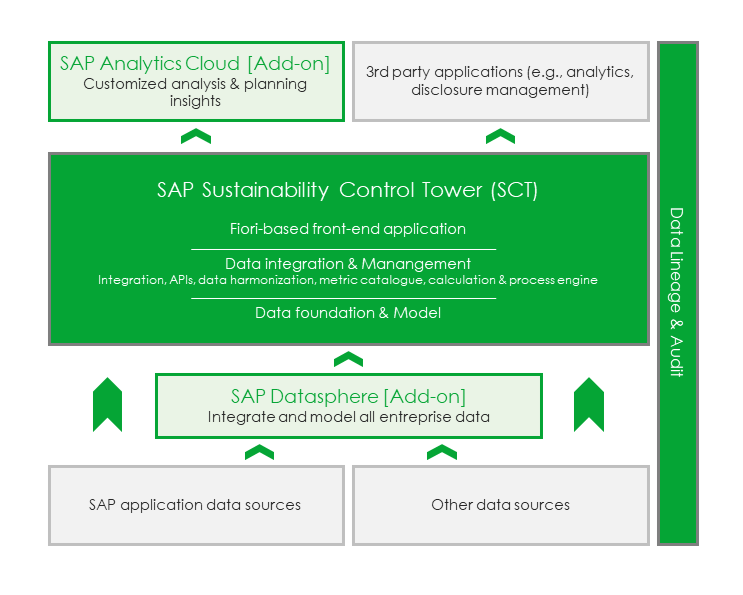
SAP SCT and EU taxonomy integration
- Predefined process templates: Use six predefined process flows that contain all the necessary data collection and processing steps.
- Preconfigured data models with sample data: Get sample data for a demo company and predefined data models for all process steps, including regulatory aspects, master data and financial information.
- Simple workflows for suitability checks and reconciliation: Use uncomplicated workflows to check suitability and compliance.
- Modeling and preparation of corporate structures: Prepare your corporate structures, adapt them to the EU taxonomy and evaluate them according to SC and DNSH criteria.
- Sample report content for results analysis: Access sample reports and dashboards to analyze results at different levels, from the organization to assets.
- Integration of customer-specific data via file upload: Easily add your own customized data via file upload and explore the process flow and results.
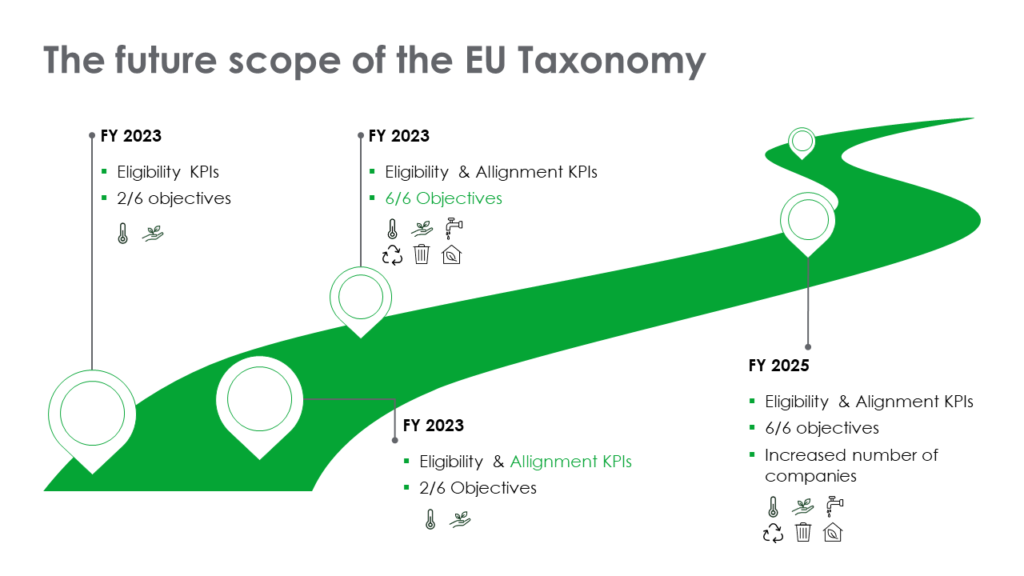
The EU Taxonomy provides an important, binding and evolving mechanism for assessing sustainability and increasing transparency.
The EU taxonomy introduces a new sustainability classification system that requires companies to integrate financial, sustainability, operational and operational data in an unprecedented level of detail.
The aim of this system is to provide transparency to the EU market on what should be considered sustainable (according to the taxonomy) so that capital can be reallocated accordingly.
To this end, the requirements for the taxonomy and its coverage will be significantly expanded in the coming years.
With the SAP Sustainability Control Tower, you use a solution for a wide range of use cases
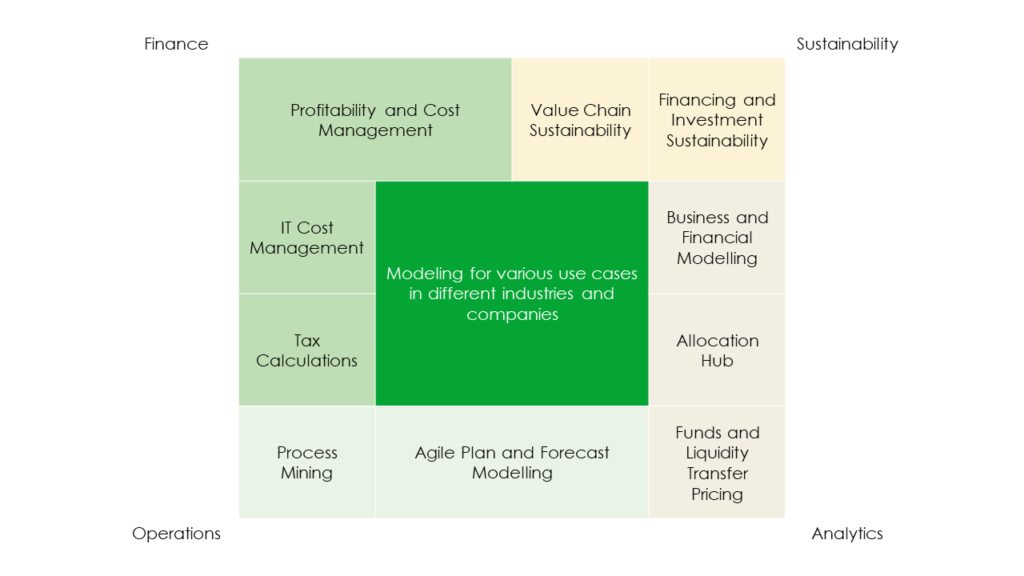
"The SCT enables companies to monitor and manage their sustainability performance. It provides a comprehensive view of key metrics and indicators that are critical to sustainability. The SCT can be used to assess progress against previous periods and identify potential risks at an early stage. It is an indispensable tool to ensure the sustainability of the company's strategy and to be successful in the long term."

The SCT advantages at a glance
Heterogeneous source systems and little IT support required
No fixed data models, large library of functions and configurable calculation models. Applicable in various business use cases.
Large data volumes can be managed efficiently. Very fast data access and analysis.
Management of business users, as well as a modern interface designed for collaboration. Traceability, audit and
workflows.
What-if analyses and simulations in real time, as well as dynamic and native reporting. Integration with other enterprise analytics solutions, such as SAC.
Published by:

Dea Marovic
Lead Sustainability & Professional Analytics Consultant

Dea Marovic
How did you like the article?
How helpful was this post?
Click on a star to rate!
Average rating 0 / 5.
Number of ratings: 0
No votes so far! Be the first person to rate this post!
